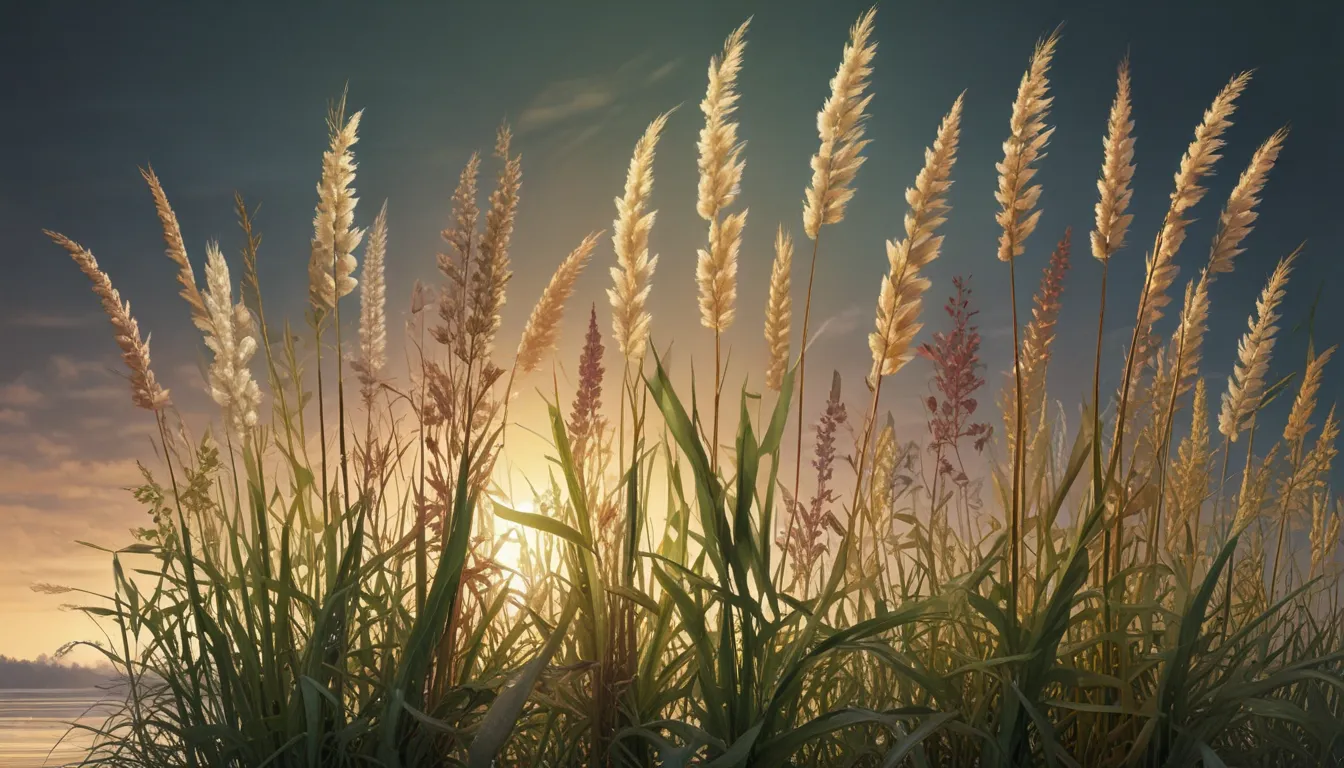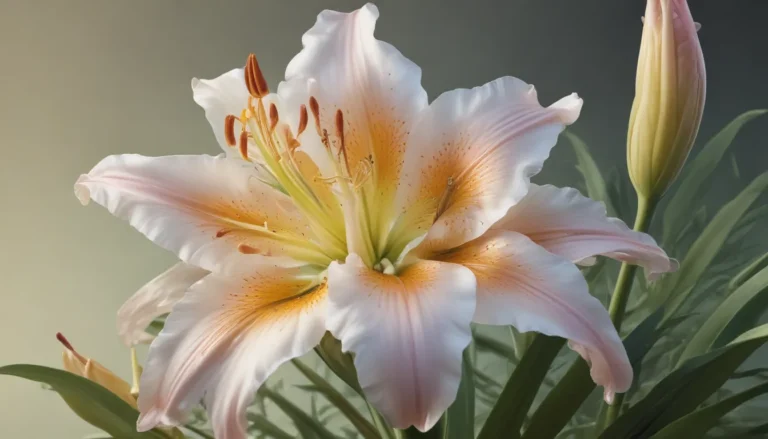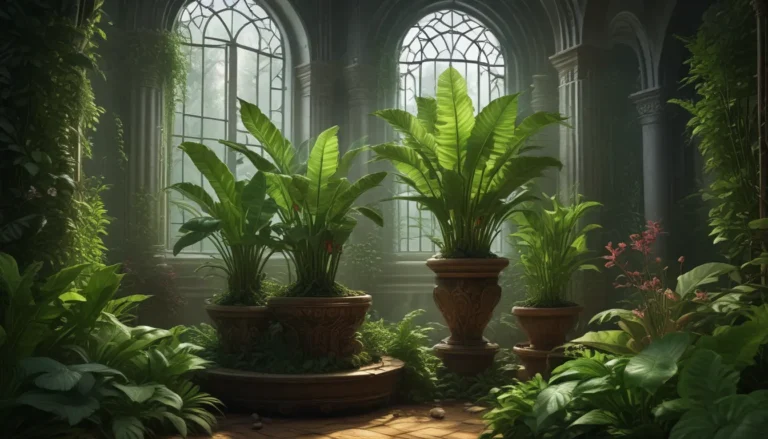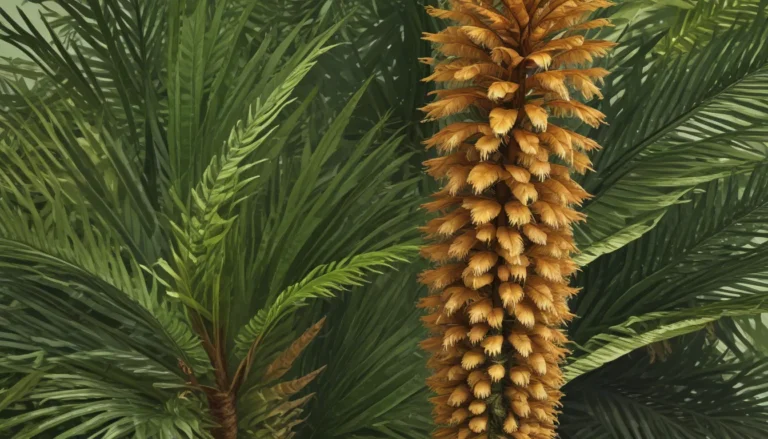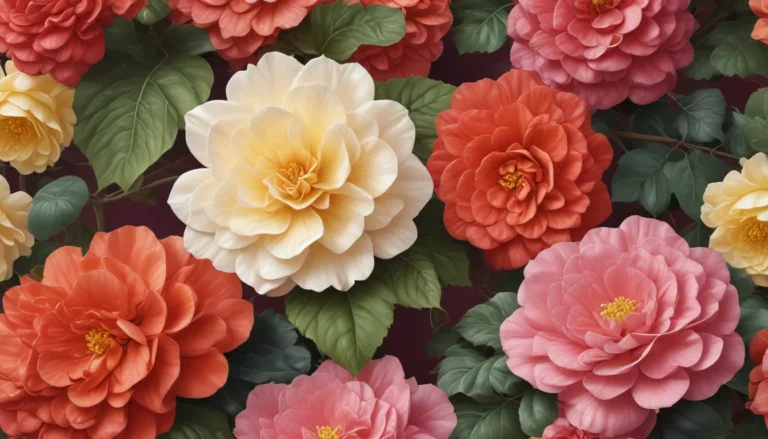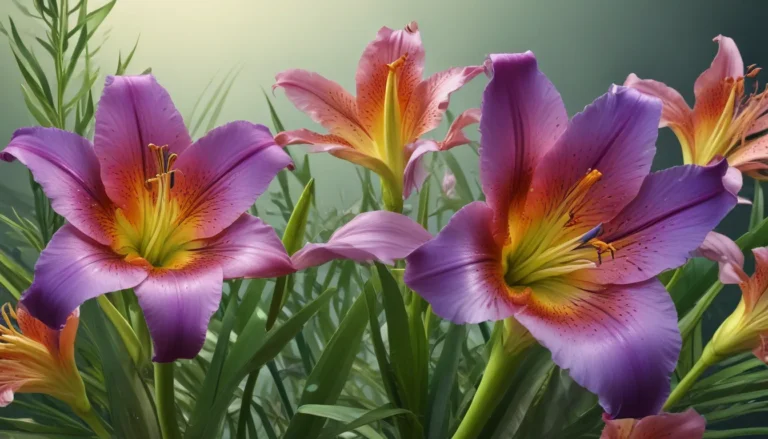The pictures we use in our articles might not show exactly what the words say. We choose these pictures to make you interested in reading more. The pictures work together with the words but don’t take their place. The words still tell you the important facts.
Reed plants, also commonly referred to as bulrushes, belong to the genus Phragmites and are often found in wetland habitats such as marshes, riverbanks, and lakeshores. These tall, slender plants with their hollow stems and feathery plumes not only add a touch of elegance to their surroundings but also play a crucial role in maintaining the delicate balance of various ecosystems. Join us on a journey to explore the fascinating world of reed plants and uncover ten intriguing facts that shed light on their ecological importance and cultural relevance.
Key Takeaways:
- Reeds, also known as bulrushes, have been used by ancient civilizations for crafting, construction, and medicine.
- They play a crucial role in stabilizing wetland ecosystems and provide habitats for diverse wildlife.
- In addition to their ecological significance, reeds hold symbolic meaning and inspire artistic expression.
- Reeds continue to find modern applications, from sustainable bioenergy resources to innovative architectural designs, reflecting their enduring relevance and adaptability.
Reed Plants Through History
Reed plants have a rich historical significance, with evidence of their use dating back to ancient civilizations. These versatile plants have been valued for their practical applications, serving as raw materials for crafting items such as baskets, mats, and paper. Additionally, reeds have been integral to traditional construction methods, particularly in the creation of thatched roofs and walls. Their widespread availability and practical utility have made them indispensable to human societies across different cultures and time periods.
Habitat for Diverse Wildlife
Reed beds provide essential habitats for a diverse array of wildlife, including birds, insects, and amphibians. These habitats support the ecological balance of wetland environments and are integral to the overall health of these ecosystems. By stabilizing wetland habitats and preventing soil erosion, reed plants play a vital role in maintaining the delicate balance of these ecosystems and preserving biodiversity.
Versatile Building Material
Reeds have been utilized as a traditional building material for centuries, with applications ranging from crafting thatched roofs to constructing walls. Their natural abundance and durability make them a popular choice for sustainable construction practices, showcasing the adaptability and resilience of these remarkable plants in human activities.
Essential Wetland Stabilizers
One of the key roles of reed plants is in stabilizing wetland ecosystems. Their extensive root systems help prevent soil erosion and contribute to natural flood control, making them essential components of wetland conservation efforts. By maintaining the structural integrity of wetland habitats, reed plants ensure the sustainability of these ecosystems and support a diverse range of plant and animal species.
Source of Traditional Medicine
In some cultures, reeds have been used for their medicinal properties, with applications ranging from pain relief to wound healing. The therapeutic benefits of reed plants have been recognized for centuries, highlighting their potential contributions to traditional healthcare practices and herbal remedies. By harnessing the healing properties of reeds, communities have incorporated these plants into various aspects of their cultural and medicinal traditions.
Sustainable Bioenergy Resource
Reeds are valued for their potential as a renewable bioenergy resource, offering a sustainable alternative to traditional fossil fuels. The ability of reed plants to efficiently convert sunlight into biomass makes them an attractive option for bioenergy production, aligning with the growing emphasis on environmentally friendly energy sources. By utilizing reeds as a bioenergy resource, communities can reduce their reliance on non-renewable energy sources and promote a greener, more sustainable future.
Symbolic Significance
Reeds hold symbolic significance in various cultures, often representing qualities such as resilience, adaptability, and protection. Their ability to thrive in challenging environments and provide vital support to surrounding ecosystems has led to their symbolic associations with strength and endurance. By embodying these symbolic qualities, reeds inspire a sense of connection to nature and a deeper appreciation for the interconnectedness of all living beings.
Ecological Water Purifiers
Reed beds are employed in ecological wastewater treatment systems, effectively filtering pollutants and purifying water. The natural filtration capabilities of reed plants make them valuable assets in environmental conservation efforts, helping to maintain water quality and protect aquatic ecosystems. By utilizing reed beds in wastewater treatment, communities can minimize the impact of pollution on the environment and promote sustainable water management practices.
Artistic Inspiration
Throughout history, reeds have inspired artists and artisans, influencing diverse forms of creative expression, from paintings to poetry. The graceful form and distinctive characteristics of reed plants have captivated the imagination of creative individuals, inspiring them to represent the beauty and symbolism of these remarkable plants in various artistic endeavors. By drawing inspiration from reed plants, artists evoke a sense of harmony with nature and celebrate the inherent beauty of the natural world.
Modern-Day Applications
In contemporary times, reed plants continue to find diverse applications, reflecting their enduring relevance and adaptability. From eco-friendly packaging materials to innovative architectural designs, the versatility of reeds is being harnessed in creative and sustainable ways. By incorporating reed plants into modern applications, communities can benefit from their ecological contributions while promoting environmentally conscious practices. The ongoing relevance of reed plants in various industries highlights their potential for innovation and sustainability in a rapidly changing world.
Conclusion
Reed plants are not only aesthetically pleasing additions to wetland landscapes but also integral components of diverse ecosystems with a rich historical legacy and a wide range of practical and symbolic applications. Their resilience, ecological significance, and versatile utility make them a compelling subject of interest, embodying the timeless interplay between nature, culture, and human innovation. By understanding the unique characteristics and ecological importance of reed plants, we can appreciate their contribution to the planet and strive to conserve and protect these valuable species for future generations.
FAQs
- Are reed plants only found in wetland areas?
-
Reed plants are commonly associated with wetland habitats, but they can also thrive in other environments, including drier upland areas. They are adaptable and can tolerate a range of soil conditions, making them a versatile plant species.
-
Can reed plants be used for landscaping purposes?
- Yes, reed plants are often used in landscaping for their aesthetic appeal and ability to stabilize soil. Their tall, graceful stems and feathery plumes make them popular choices for adding texture and visual interest to gardens and outdoor spaces.
Trust in our commitment to quality and authenticity as you explore and learn more about the remarkable world of reed plants. Whether for their ecological significance, practical applications, or symbolic meanings, reeds continue to inspire and enrich our lives in diverse ways. Join us in celebrating the beauty and importance of these incredible plants in our natural and cultural landscapes.
